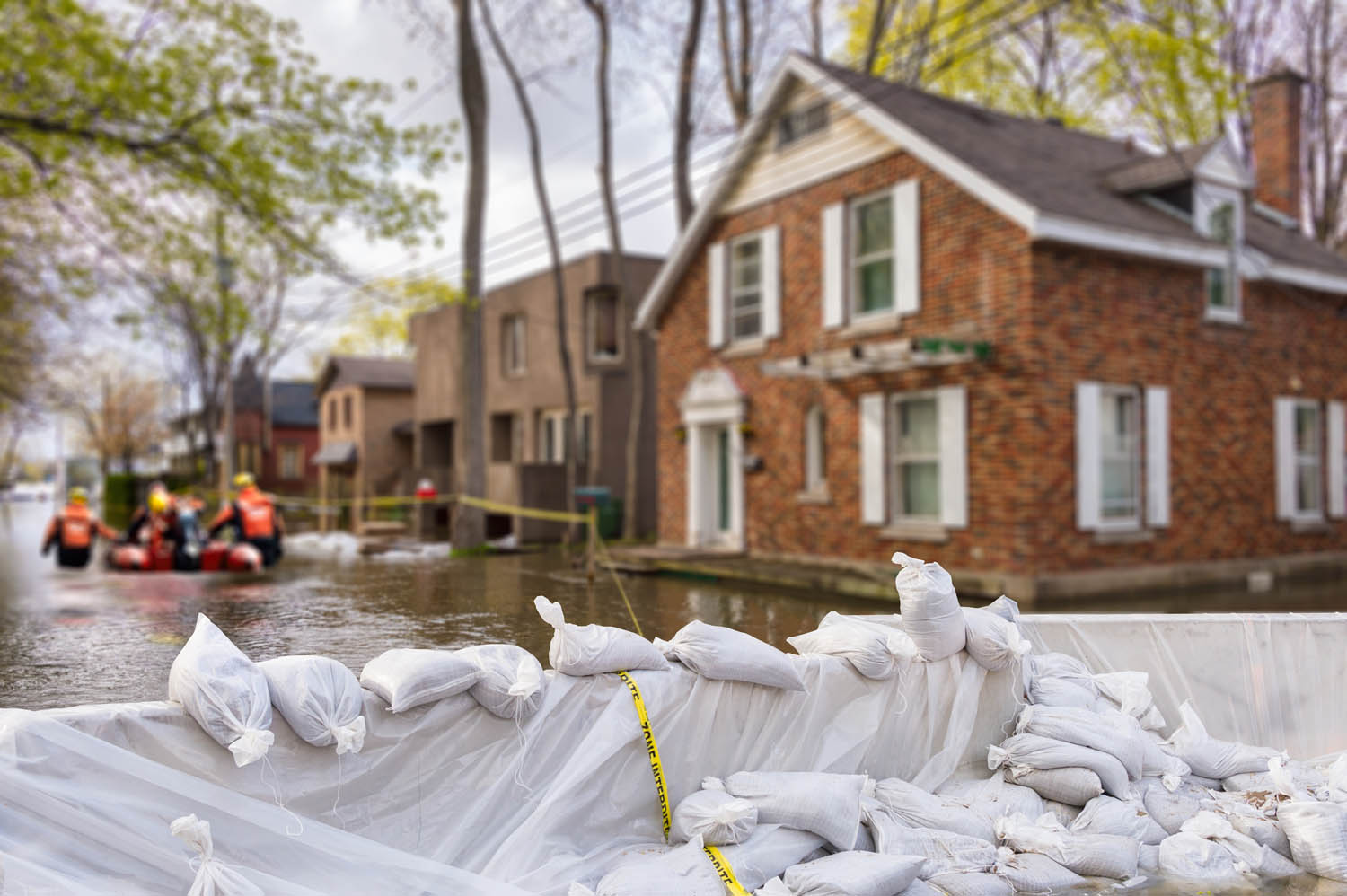
How FEMA’s National Flood Insurance Program Protects You
According to the Federal Emergency Management Agency (FEMA), the National Flood Insurance Program (NFIP) aims to reduce the impact of flooding on private and public structures. It does so by providing affordable insurance to property owners, renters and businesses and by encouraging communities to adopt and enforce floodplain management regulations.
These efforts help mitigate the effects of flooding on new and improved structures. Overall, the program reduces the socio-economic impact of disasters by promoting the purchase and retention of general risk insurance as well as flood insurance.
Statistics show that more than 20% of NFIP claims come from outside of mapped Special Flood Hazard Areas.
Managed by the Federal Emergency Management Agency, NFIP enables homeowners, business owners and renters in participating communities to purchase federally backed flood insurance. This insurance offers an insurance alternative to disaster assistance to meet the escalating costs of repairing flood damage to buildings and their contents.
There are now more than 20,600 participating communities in the U.S. and its territories. If you live in a participating community, you can apply for NFIP flood insurance and enjoy the protection of this special type of affordable insurance. Statistics show that more than 20% of NFIP claims come from outside of mapped Special Flood Hazard Areas.
The average cost of a FEMA flood insurance policy is about $600 annually or much less if you live in a moderate-to-low-risk area.
Key advantages of the National Flood Insurance Program include:
- Flood insurance claims are paid even if the President doesn’t declare your area as a disaster.
- It is not a loan. When you apply for disaster assistance from FEMA, you must pay it back with interest because it is a loan. When you have insurance from the National Flood Insurance Program, there is no payback requirement for the settlement you receive from your flood claim because you are paying monthly insurance premiums.
- NFIP flood insurance policies are continuous, so your policy cannot be classified as non-renewed or canceled for repeat losses.
- The average cost of a flood insurance policy is about $600 annually or much less if you live in a moderate-to-low-risk area.
For more information, visit: National Flood Insurance Program (NFIP).
To learn more about how the National Flood Insurance Program compares to disaster relief loans, visit: Benefits of Flood Insurance vs Disaster Relief.
To get a better idea of what your NFIP insurance premiums might be, visit: National Flood Insurance Program Elevation Certificate and Instructions.
A and N Mortgage Services Inc, a mortgage broker in Chicago, IL provides you with high-quality home loan programs tailored to fit your unique situation with some of the most competitive rates in the nation. Whether you are a first-time homebuyer, relocating to a new job, or buying an investment property, our expert team will help you use your new mortgage as a smart financial tool.







